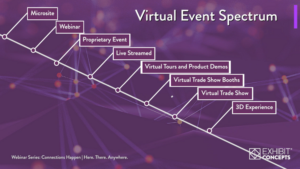When considering the development, enhancement, or remodeling of your school spaces, the integration of experiential education and immersive environments is not just a trend but a transformative and strategic approach. Our goal is to blend theory with practice, creating dynamic learning spaces that inspire and engage.
In this blog post, we explore the undeniable impact of experiential education and immersive environments, as supported by extensive data and research, to demonstrate how these innovative approaches can significantly reshape the educational landscape of your district. By integrating these powerful elements into our unique offering we provide a distinctive opportunity that promises immense benefits for educators, students, and the broader community alike.
Below, we will explore “Our Three Whys”
- Why Experiential Education Theory?
- Why Immersive Environments?
- Why Are They Better Together?
“WHY” #1
WHY Experiential Education Theory?
Imagine a classroom where learning isn’t confined to textbooks and rigid desks but instead comes alive through hands-on experiences. This is the essence of experiential education theory, a concept deeply rooted in the belief that direct participation in learning leads to deeper understanding and retention.
Research has consistently shown the benefits of this approach. Dewey (1938) found that students who engaged in hands-on activities were not only more motivated but also showed increased engagement, resulting in improved learning outcomes. Dewey was such a believer in experiential education theory that he founded the University of Chicago Laboratory Schools, which is known for its innovative approach to education. The school, to this day, serves as a model for progressive education and emphasizes experiential learning, hands-on activities, and student-centered teaching methods. Additionally, Kolb (1984) highlighted in the Journal of Experiential Education that experiential learning can lead to enhanced critical thinking skills, problem-solving abilities, and long-term retention of knowledge.
At Exhibit Concepts, we understand the power of experiential education theory in transforming traditional learning environments into dynamic spaces that inspire curiosity and ignite a passion for learning. Through our innovative approach, we create customized immersive learning environments tailored to each theme, enhancing the overall learning experience.
Our environments can go beyond spatial design by creating thematic learning resources tailored to each environment. For example, in a Space-themed room, activities and resources are centered around all things outer space, creating a cohesive and immersive learning experience. Similarly, in the International District-themed room, activities and resources focus on age-appropriate lessons around global cultures, languages, etc. This hands-on thematic approach not only enhances the experiential learning environment but also provides students with a more cohesive and memorable learning experience.
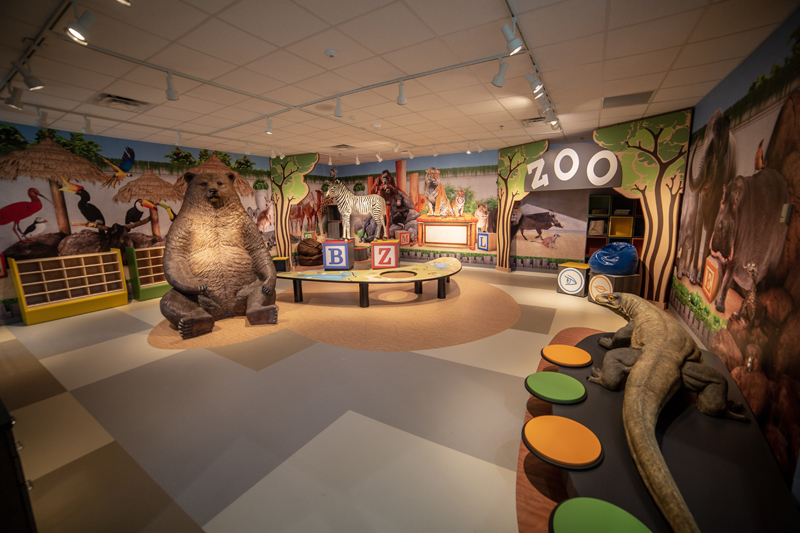
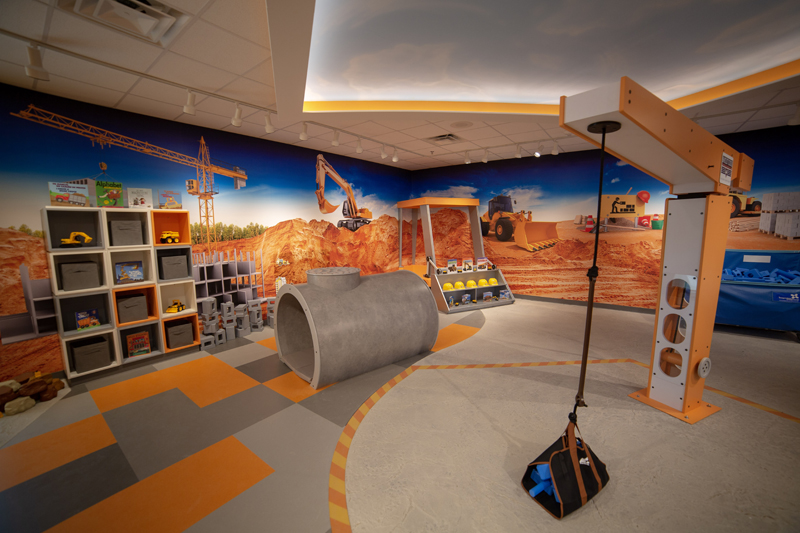
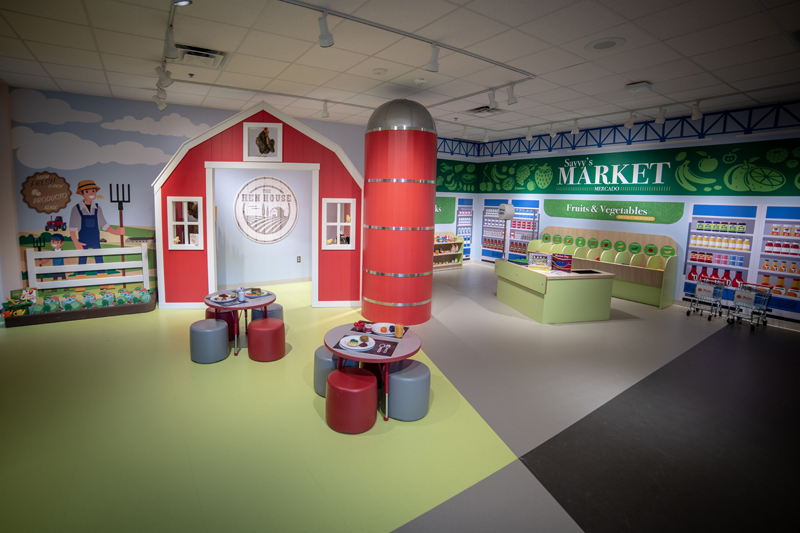
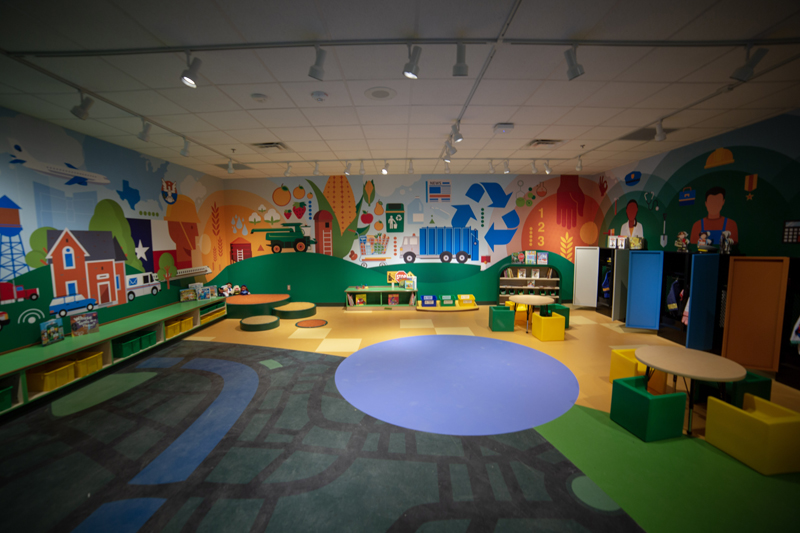

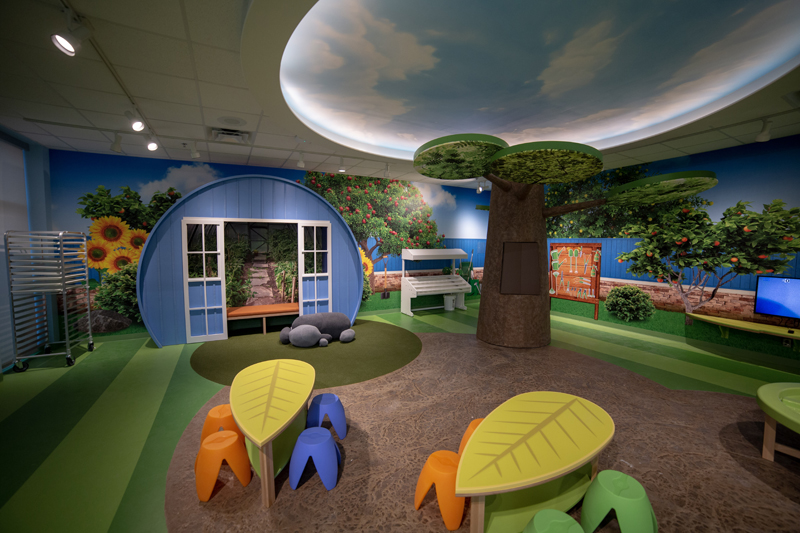
“WHY” #2
WHY Immersive Environments?
Step into a world where learning transcends the confines of a traditional classroom. Immersive environments offer a captivating and tailored learning experience for students of all ages. From sensory-rich experiences for early learners to real-world simulations for middle and high schoolers, these spaces cater to diverse needs and developmental stages.
For early learners, such as those in Pre-K to 2nd grade, immersive environments offer a sensory-rich experience that aligns perfectly with their natural curiosity and desire to explore. These environments provide young children with the opportunity to engage in hands-on, play-based learning, which is essential for their cognitive, social, and emotional development.
As students progress to higher grades, immersive environments continue to play a crucial role in their educational journey. For high schoolers, an example of an immersive environment can be tailored to support Career and Technical Education (CTE) programs, providing real-life experiences that prepare them for future careers. These spaces can simulate workplace environments, giving students a taste of what to expect in their chosen field.
Beyond the classroom, immersive environments are not limited to traditional settings. They can be utilized in innovative ways, such as a mobile literacy bus that brings the learning experience directly to communities or off-site venues that serve as shared field trip destinations. These unique spaces prove that immersive environments can be offered for flexibility and accessibility, ensuring that students of all ages and backgrounds have access to high-quality educational experiences.
In essence, immersive environments are more than just physical spaces; they are dynamic learning environments that cater to the diverse needs of students across different age groups and settings, customized to fit your district’s needs. By providing engaging, hands-on experiences, these environments inspire a love of learning and empower students to explore the world around them.
“WHY” #3
WHY Are They Better Together?
When experiential education theory is combined with immersive environments, the result is a powerful educational experience that enhances learning outcomes and bridges theory with practice. Students not only retain information better but also develop critical thinking and problem-solving skills that are essential for success.
Let’s explore some concrete examples of this connection within Exploration Zones’ immersive learning spaces:
Enhanced Understanding through Hands-on Exploration: In our Pre-K “science lab”, students engage in experiments to explore forces on Earth. By experimenting with air in a wind tunnel, they observe the effects of wind on various objects, gaining practical insights into aerodynamics. Additionally, students create a human chain of electricity by touching a plasma ball, allowing them to feel the currents and experience the principles of electricity firsthand. This hands-on approach not only enhances their understanding of theoretical concepts but also fosters a deeper connection to the subject matter.
Active Engagement in Conceptual Learning: In our early-learners classroom themed “Let’s Get Going,” students are immersed in an environment adorned with vibrant murals depicting various famous monuments, vacation destinations, and elements of travel. As they enter the room, they are immediately drawn into a world of exploration and discovery. Students actively engage in interpreting and discussing the artwork, fostering discussions about geography, culture, and history. This hands-on approach not only enhances their understanding of theoretical concepts but also sparks their curiosity and imagination, laying the foundation for lifelong learning.
Through these experiential learning activities, Exploration Zones creates dynamic spaces where theory seamlessly translates into practice. Students not only acquire knowledge but also develop essential skills such as critical thinking, problem-solving, and collaboration, setting them on a path toward academic success and lifelong learning.
The synergy between experiential education theory and immersive environments is undeniable. At Exhibit Concepts, we are committed to revolutionizing education by providing comprehensive solutions that integrate these elements seamlessly. Join us in our mission of reshaping the future of education and empowering students to reach their full potential.




